Pioneering Change: The Role of Jobs and Skills Australia
Australia stands at the crossroads of a profound skills challenge, which hasn’t been witnessed since the 1960s. In response to this crucial juncture, Jobs and Skills Australia emerged in November 2022, solidifying its mission under permanent legislation in August 2023. This organisation is not just a catalyst; it’s the linchpin activating the potential of Australia’s human capital to meet present and future skills needs.
Shaping the Landscape: Strategic Objectives
A tight labour market, skill shortages, price inflation, and sluggish wage growth mark the economic terrain for 2023. Jobs and Skills Australia sets its sights on strategic objectives encompassing minimising unemployment, increasing productivity, fostering equity, and fortifying the foundations of sustainable economic growth.
As the Reserve Bank of Australia aligns its focus on stabilising inflation, Jobs and Skills Australia endeavours to bridge the workforce skills gap for economic stability.
Three Pillars to the Future: National Skills System
The national skills system relies on three crucial pillars: vocational education and training (VET), higher education, and migration. Jobs and Skills Australia’s pivotal role revolves around these pillars, examining their interplay within the broader jobs and skills ecosystem. The goal is to synchronise education, training, and migration systems to respond flexibly to evolving skills and workforce needs.
A Blueprint for Change: National Jobs and Skills Roadmap
The call for a national jobs and skills roadmap resonates louder than ever. Jobs and Skills Australia, in collaboration with key stakeholders, is set to embark on this transformative journey. As reform processes unfold, including a new National Skills Agreement and a review of higher education leading to a Universities Accord, Jobs and Skills Australia will develop a comprehensive roadmap. This roadmap will analyse jobs and skills pressures, map out required reforms, implement policies, and ensure continual refinement based on feedback.
Megatrends Shaping the Future Workforce
Embracing Digitalisation: Digital Transformation
Digitalisation, automation, and artificial intelligence herald a megatrend with immense productivity opportunities and a critical skills agenda. Jobs and Skills Australia navigates the digital landscape, emphasising the need for a digitally literate workforce and higher-level digital skills to harness the full potential of this transformative trend.
The organisation, entrusted with analysing economy-wide implications, collaborates with key partners, including the Future Skills Organisation and Jobs and Skills Councils. Recognising substantial skill gaps, the focus extends to the education pipeline and lifelong learning. As digitalisation reshapes the workforce, Jobs and Skills Australia strives to lead Australia towards maximising the potential of this transformative trend.
Green Horizons: Clean Energy and Net Zero Transformation
The clean energy revolution unfolds as a megatrend, offering vast opportunities and challenges. Jobs and Skills Australia focuses on the skills required for a successful transition, emphasising the need to enhance the pipeline of VET-trained workers, especially in regional areas.
Caring for Tomorrow: Growth of the Care and Support Economy
An aging population and evolving expectations usher in the growth of the care and support economy as a significant megatrend. Jobs and Skills Australia addresses skills shortages in this sector, projecting strong employment growth and emphasising the need for comprehensive training.
Navigating the Skills Landscape: Current Challenges and Opportunities
The Persistence of Shortages: Analysis of Current Skills Shortages
Despite a dynamic labour market, skills shortages persist. The 2023 report reveals that 36% of occupations assessed are in national shortage, with technicians and trades workers experiencing a 50% shortage. Professionals, particularly health professionals, face a significant deficit, indicating a persistent challenge in matching skills with industry needs.
Identifying the Gaps: Typology of Skills Shortages
Jobs and Skills Australia introduces a typology based on a conceptual framework to categorise skills shortages. Each category requires a tailored strategy, from longer training gap shortages requiring extensive qualifications to suitability gap shortages demanding employability skills. Recognising gender imbalances and regional disparities, Jobs and Skills Australia aims to address these gaps strategically.
Unravelling the Mystery: Wage Growth and Retention Challenges
The conventional solution to skill shortages and wage growth has not yielded the expected results. Jobs and Skills Australia explores the complex dynamics of retention gap shortages, where low job retention hampers long-term solutions. The organisation analyses wage adjustments and employer responses to skill shortages, revealing a need for multifaceted strategies to retain skilled workers.
Charting the Course Towards a Resilient Future
The need for a collective and adaptive approach becomes evident as Jobs and Skills Australia delves into the intricate web of skills challenges.
With the inaugural Jobs and Skills Report 2023 setting the stage, Australia’s journey towards a national jobs and skills roadmap promises to be transformative.
In the face of megatrends, persistent shortages, and evolving challenges, the nation is poised to cultivate a resilient and skilled workforce for the future.
Employment Outlook: A Decade Unveiled
Projected Growth
Over the next five years, Australia’s total employment is anticipated to surge by 6.5%, reaching 14.8 million. Over the ensuing decade, a substantial 14.2% increase is forecasted, culminating in 15.9 million employed individuals by 2033. This projection signifies an addition of around 2 million jobs to the Australian workforce.
Broad-Based Industry Growth
While growth spans various industries, the Health Care and Social Assistance sector is poised for the most significant expansion. Its share of total employment is expected to elevate from 15.2% in 2023 to 16.7% in 2033.
Notably, the Professional, Scientific and Technical Services and the Education and Training sectors are also forecasted to experience substantial employment growth.
After a prolonged decline, the Manufacturing sector is anticipated to witness a noteworthy resurgence in employment, slightly augmenting its share in the total employment landscape. Additionally, robust growth is expected in the Mining sector over the next decade.
Joining Forces: A Call to Action
The inaugural Jobs and Skills Report 2023 is a call to action. It beckons industry leaders, education providers, government bodies, and citizens to join forces in shaping a resilient and dynamic workforce. The journey towards a National Jobs and Skills Roadmap is a collective endeavour, and the report serves as the compass guiding Australia towards a prosperous future.



